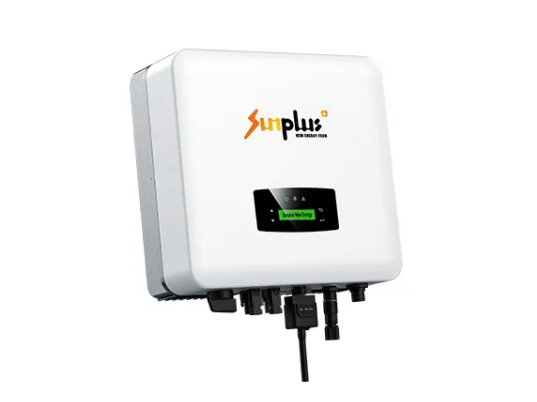How Long Do Residential Solar Inverters Last?
A typical centralized residential string inverter will last about 10 to 15 years, and thus will need to be replaced at some point during the panels’ life. String inverters generally have standard warranties ranging from 5-10 years, many with the option to extend to 20 years.
A range of different factors can affect the productive lifespan of residential solar inverters.
This article examines the lifespan and resilience of car chargers in various forms.
Residential solar inverters, responsible for converting DC power from solar panels into usable AC power, are available in different configurations. The primary types used in residential settings are string inverters and microinverters.
In certain scenarios, string inverters may incorporate module-level power electronics (MLPE) known as DC optimizers. Microinverters and DC optimizers are typically employed in installations where shading conditions or sub-optimal orientation (non-south-facing) are present on rooftops.

What is a Solar Inverter?
Before delving into its lifespan, it's important to understand the role of a solar inverter in a residential solar system. Solar panels produce DC electricity when exposed to sunlight. However, most household appliances operate on AC electricity. Solar inverters bridge this gap by converting the DC electricity generated by solar panels into AC electricity that can be used to power homes or fed back into the grid.
In applications where the rooftop has an optimal azimuth (orientation to the sun) and minimal shading issues, a string inverter can be a suitable solution.
String inverters usually feature simplified wiring and a centralized location, facilitating easier repairs by solar technicians. They are typically more cost-effective, as reported by Solar Reviews. Inverter costs typically range from 10% to 20% of the total solar panel installation cost, underscoring the importance of selecting the appropriate one.
While solar panels can endure for 25 to 30 years or longer, inverters typically have a shorter lifespan due to the quicker deterioration of components. A prevalent cause of inverter failure is the electro-mechanical wear on the capacitor within the inverter. Electrolytic capacitors have a shorter lifespan and age more rapidly than dry components.
A typical centralized residential string inverter will last about 10 to 15 years, and thus will need to be replaced at some point during the panels' life.
String inverters generally have standard warranties ranging from 5-10 years, many with the option to extend to 20 years.
Microinverters boast a longer lifespan, often lasting up to 25 years, nearly matching that of their panel counterparts. Typically, microinverters come with a standard warranty of 20 to 25 years. It's important to note that while microinverters offer extended warranties, they are still a relatively recent technology from the past decade or so, and it remains to be seen if the equipment will indeed fulfill its promise of lasting 20 years or more.
The same holds true for DC optimizers, often coupled with a centralized string inverter. These components are engineered to endure for 20 to 25 years, with warranties extending for the same duration.
Signs of Inverter Failure
Recognizing the signs of inverter failure is crucial for homeowners to avoid disruptions to their solar power generation. Some common indicators of inverter malfunction include:
Loss of Power Output: A sudden decrease in power output from solar panels could indicate inverter failure.
Strange Noises: Unusual sounds emanating from the inverter, such as buzzing or clicking, may signal internal issues.
Error Messages: Displayed error messages or warning lights on the inverter indicate potential problems that require attention.
Inverter Overheating: Excessive heat emanating from the inverter or visible signs of overheating should be addressed promptly to prevent damage.
Replacement and Upgrades
When a single phase string inverter reaches the end of its lifespan or experiences significant malfunction, replacement becomes necessary to maintain the functionality of the solar system. Homeowners have the opportunity to upgrade their inverters during replacement, potentially opting for newer models with enhanced features or improved efficiency.
Conclusion
Residential solar inverters are vital components of solar energy systems, facilitating the conversion of DC electricity from solar panels into usable AC electricity for homes. Understanding the factors influencing their lifespan and recognizing signs of failure is essential for homeowners to maximize the longevity and efficiency of their solar installations. While the typical lifespan of solar inverters ranges from 10 to 15 years, proper maintenance and care can help extend their lifespan. For homeowners considering solar installations or in need of inverter replacement, consulting reputable suppliers and contacting experienced professionals can ensure the longevity and reliability of their solar systems.
Contact us today to learn more about residential solar solutions and find the right supplier for your needs.
